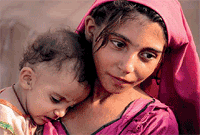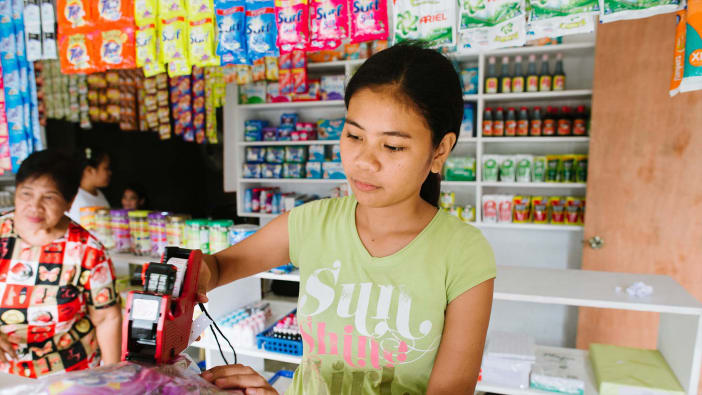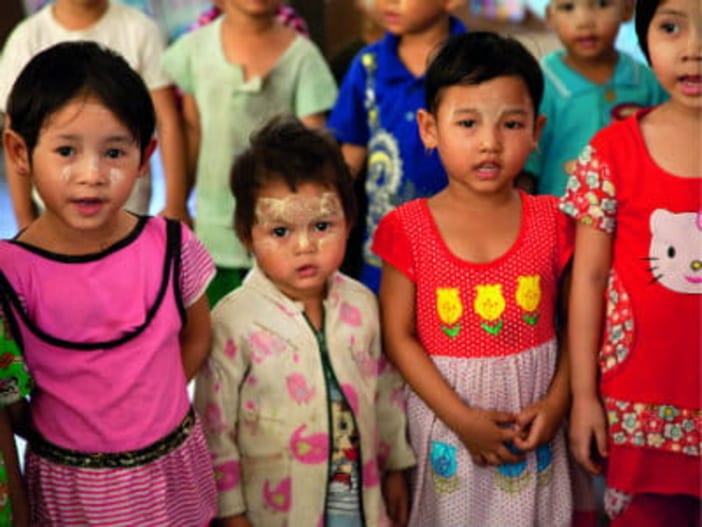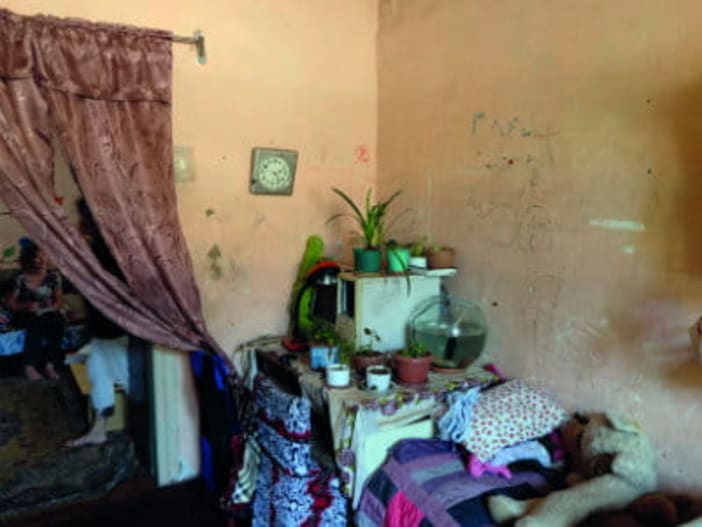Children play because it is fun, but play is also key to their learning and development. Play helps them to learn new skills, communicate, gain confidence, relate to other people and find out about themselves and the world. All children – both girls and boys – need the same opportunities for play and interaction with family members and friends. Listening to and responding to young children is one of the most important things that adults and older children can do. When we do this well, children learn that what they say and do is important. This makes them feel good about themselves and gives them the confidence to try new things.
Every child is different and develops at a different rate. Babies who have not had enough to eat or have been ill need extra help. Children with disabilities should not be excluded. They may need extra support and encouragement to overcome difficulties in moving or hearing or seeing. They may not do all of the things that other babies and young children do at a similar age but they will learn to do many things, if they are given appropriate support and stimulation.
Older children usually like to play with and help babies and younger children. They can help younger children to develop by being there to play with them, to listen to them and to support them when they try out new activities, and to make sure they are safe. Older children can help to make everyday activities – going to the market, preparing food – fun and interesting for young children.
Remember: it is important that older children are not overburdened with adult responsibilities for caring for babies and younger children. Older children also need time for play and their own development must not be neglected.
Activities for babies
Babies need to be stimulated and responded to from the time they are born. This can be done through play, sharing activities and talking, laughing and singing together. If a baby makes a sound or gesture, older children can repeat these back to the baby. This is how babies learn to communicate. Warm and loving relationships are vital to a child’s physical, social and emotional development. Holding, cuddling, smiling at and talking to the baby helps him or her to grow and feel secure. Here are some suggestions for play activities that caregivers or older children could use to play with babies up to about two years old.
- Tie or hang objects like spoons close to where the baby lies so that he or she can reach and hold on to them.
- Say the baby’s name or clap hands so that the baby will look to see where the sound comes from.
- Sing to her and rock and move the baby about to the rhythm of a song.
- Carry her about and tell her the names of objects. Even if a baby does not respond at first to this kind of stimulation it is important to continue talking and singing to her.
- As soon as the baby begins to understand and use language they like to play games using words: ‘Where’s my nose?’ or ‘Find the cup’.
- Give her smooth objects and encourage her to give them back and to pass them from one hand to another. Make sure the objects are big enough to prevent choking.
- Play games with the baby’s fingers and toes.
- Encourage her to clap her hands and wave ‘Good-bye’.
- Make her a soft ball to throw.
- Give her two objects and hold on to two more. Bang the objects together and see if the baby can copy it.
- Give her a box and things of different sizes to put in and take out.
- Hide something under a cup or piece of cloth as she watches and see if she can find it.
- Make a doll out of old cloth, filled with bits of cloth or plastic packing materials, dry grass or paper. Be sure you sew it up carefully. Tell the baby stories about the doll.
- Draw in the sand or mud with a stick or a finger and see if the baby can copy it.
- Show the baby an animal or a picture of an animal, make the sound the animal makes and encourage her to repeat the sounds.
- Encourage her to feed herself.
As the baby grows, play games to encourage her to crawl, stand and walk. Make a toy on wheels that a toddler can pull or push as she walks. You can make a roll-along toy with a round tin and wire from a coat hanger. You can thread together cotton reels or old film cases filled with things that rattle for the toddler to pull along. Plastic bottles or soft drink tins also roll well. Make sure there are no sharp surfaces. If the baby cannot move without help because of a disability, two children can support her to crawl with a band of cloth around her waist and use this to lift her onto her hands and knees. Another child can encourage her to crawl by holding out a toy or some fruit. Remember to show the baby that you are pleased when she tries to do and say new things. Praise her with words and by smiling, patting or hugging her.











